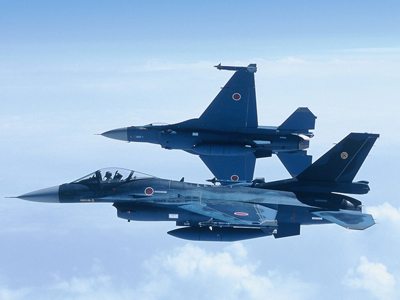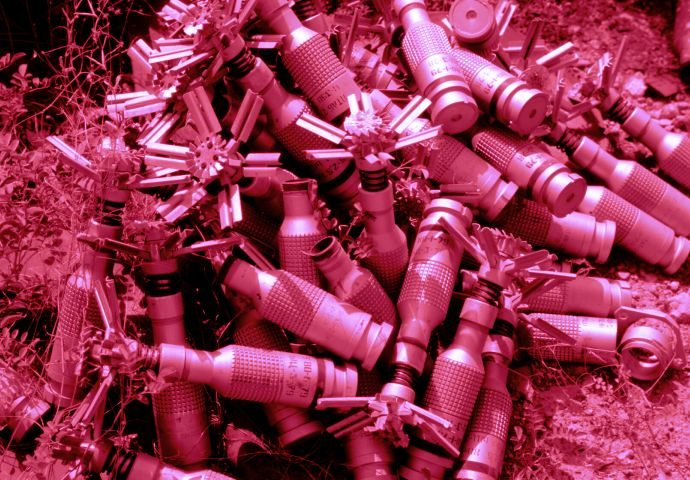Pacifist Japan will adopt new defence guidelines next week paving the way for its military to respond more quickly and forcefully to perceived threats from China and North Korea, officials said Thursday.
The government of conservative Prime Minister Shinzo Abe will approve rules intended to help air, land and sea forces work together more effectively in the face of danger, an official from Abe’s Liberal Democratic Party (LDP) told AFP.
The move comes amid the continuing row between China and Japan over the sovereignty of a small island chain in the East China Sea, a dispute that has escalated over the last year to include military hardware from both sides.
Lawmakers from the ruling bloc on Wednesday endorsed the plan, which would create what it called a “Dynamic Joint Defence Force”, the official said.
“For the first time, we will be able to obtain mobility, or the capability to deploy swiftly in an integrated manner,” Defence Minister Itsunori Onodera said Thursday.
“When we deploy troops to remote islands… we need to respond with ground, marine and air defence forces,” Onodera said in a speech at a private think tank in Tokyo.
“Or if we faced a North Korean missile, Japan would first attempt to shoot it down from the sea, then from the ground.
“While the Air Defence Force has huge radar sites, it is the Ground Self Defence Force who protect these important facilities,” he said, adding the country’s military had to be alert to a possible “intrusion from the sea”.
Shifting threats
Under operating assumptions in place during the Cold War era, Japan’s military, which is constitutionally-bound to being a “self-defence force”, was largely static, with the majority of resources in the north and east to guard against a Russian invasion, long thought to be the greatest risk the country faced.
But the shifting security dynamics, in particular the rise of China as a military force to be reckoned with, means Japan’s soldiers, sailors and airmen need to be located further south and to be able to deploy to the country’s many far-flung islands.
Abe’s cabinet is also set to approve Tokyo’s first National Security Strategy on Tuesday, which was agreed in the ruling party meeting Wednesday, the LDP official said.
The document is the foundation on which Japan’s defence policy will be built, guiding the organisation and deployment of troops, as well as the equipment at their disposal.
In an indication of how deeply felt the island dispute with China is, the NSS says Beijing’s recent declaration of an Air Defence Identification Zone (ADIZ) in the East China Sea “is (an attempt) at changing the current situation by force, and is irreconcilable with the international order”.
It also stipulates North Korea’s nuclear and missile development is a threat to Japan.
Onodera told the think tank the government plans to purchase next-generation multi-use jets, warships and tanks, including the F-35, a fighter far superior to the F-15s that Japan currently has in service.
“It is not only good at combat with fighter jets, but also good at battles against ground troops and against warships,” Onodera said.
“The same can be said about ships… multi-purpose ships are capable of doing many times the work that (single-purpose) ships can do,” including disaster relief activities, he said.











